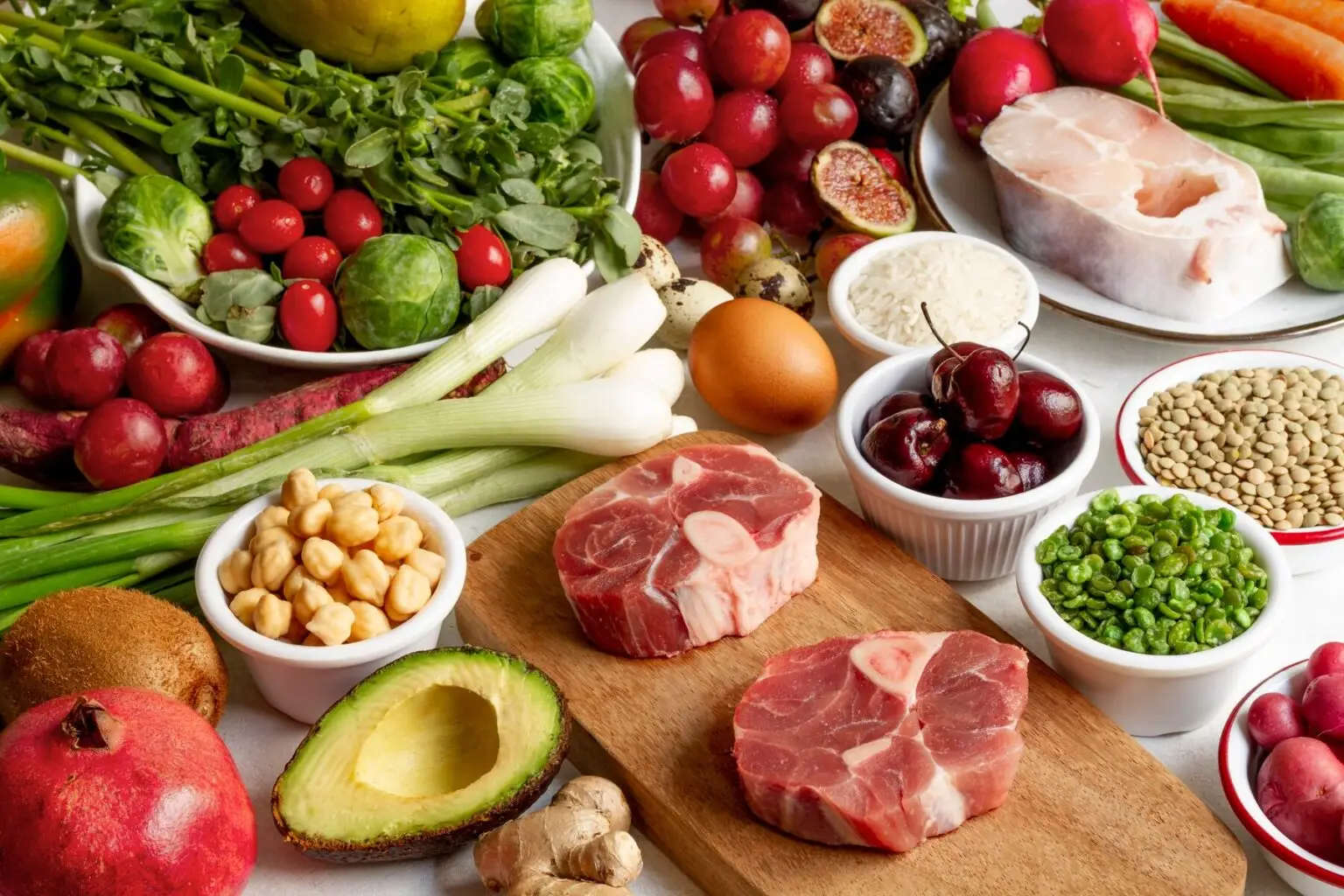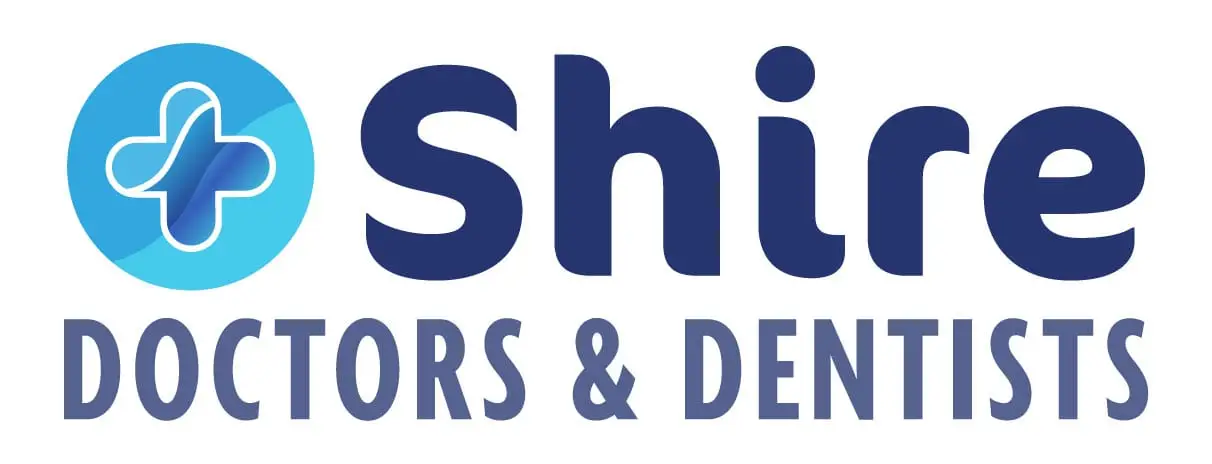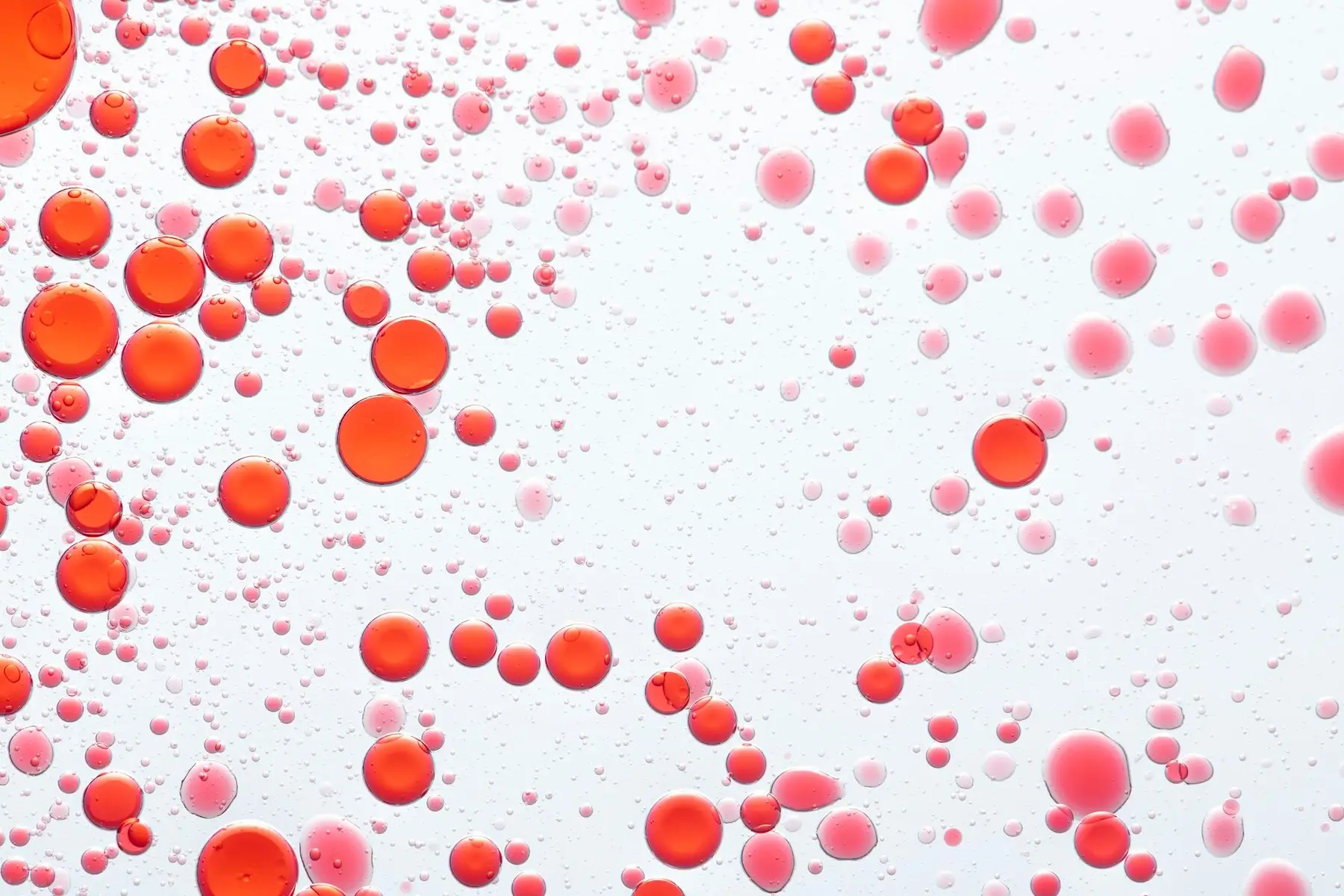Iron Deficiency Anemia (IDA) is a condition characterised by a lack of adequate iron levels in the body, leading to insufficient production of red blood cells and hemoglobin. This deficiency impairs the blood’s ability to carry oxygen to tissues, resulting in fatigue, weakness, and other debilitating symptoms.
Globally, IDA is recognised as one of the most prevalent nutritional deficiencies, affecting individuals of all ages and demographics. Its significance extends beyond mere discomfort, as it can lead to serious health complications if left untreated.
However, within the broader spectrum of affected populations, young women stand out as particularly vulnerable to IDA. This heightened risk is multifactorial, influenced by biological, social, and environmental factors unique to this demographic.
Understanding why young women are disproportionately affected by IDA is crucial for effective prevention and management strategies. Therefore, this article will delve into the specific factors contributing to the increased risk of IDA in young women and explore potential avenues for addressing this pressing public health concern.
Factors Contributing to Iron Deficiency Anemia in Young Women
Young women face a myriad of factors that contribute to their heightened risk of iron deficiency anemia (IDA), encompassing physiological, dietary, and lifestyle influences.

Menstrual blood loss
The menstrual cycle exerts a significant impact on iron levels in young women due to monthly blood loss during menstruation. This loss can lead to a gradual depletion of iron stores over time, particularly in individuals with heavy menstrual bleeding.
Variability in menstrual patterns among young women further complicates the risk of IDA, as irregular or prolonged menstrual cycles may exacerbate iron loss and hinder replenishment of iron stores between cycles.
Dietary habits and restrictions
Common dietary practices among young women, such as restrictive eating habits or following fad diets, can significantly impact iron intake. Diets low in iron-rich foods, such as red meat, poultry, fish, and fortified cereals, may contribute to inadequate iron intake and predispose individuals to IDA.
Vegetarianism and veganism, prevalent among young women for various reasons including ethical, environmental, and health concerns, pose a particular risk for IDA. Plant-based diets typically contain non-heme iron, which is less readily absorbed than heme iron found in animal sources. Moreover, certain plant-based foods contain compounds such as phytates and polyphenols that inhibit iron absorption, further exacerbating the risk of IDA in vegetarian and vegan populations.
Pregnancy and childbirth
Pregnancy imposes increased iron demands on women’s bodies to support fetal growth and development, placental function, and expansion of maternal blood volume. Consequently, pregnant women are at heightened risk of developing iron deficiency and anemia if their iron stores are insufficient to meet these elevated demands.
Postpartum recovery presents another critical period for young women, during which they may experience ongoing blood loss from childbirth and breastfeeding. Failure to adequately replenish iron stores during this period can prolong or exacerbate IDA, impacting maternal health and potentially compromising infant nutrition.
Heavy physical activity and sports participation
Young women engaged in rigorous physical activity or competitive sports may experience increased iron losses through sweat and urine, further depleting their iron stores. Endurance athletes, in particular, are susceptible to iron deficiency due to the repetitive impact of high-intensity exercise on red blood cell turnover and iron metabolism.
Maintaining adequate iron stores in the face of heavy physical activity poses a significant challenge for young women, as the increased iron requirements associated with exercise must be met through dietary intake and supplementation to prevent the development of IDA.
These factors collectively contribute to the heightened risk of iron deficiency anemia in young women, underscoring the importance of targeted interventions and strategies to mitigate this public health concern. Addressing menstrual health, promoting balanced dietary practices, ensuring adequate iron intake during pregnancy and postpartum, and implementing appropriate iron supplementation strategies for physically active individuals are essential components of comprehensive efforts to prevent and manage IDA in this demographic.
Strategies for Prevention and Management
To effectively prevent and manage iron deficiency anemia (IDA) in young women, a multifaceted approach incorporating dietary interventions, iron supplementation, and health education and awareness campaigns is essential.

Dietary interventions
Encourage consumption of iron-rich foods such as lean meats, poultry, fish, beans, lentils, tofu, fortified cereals, spinach, and other dark leafy greens. Incorporating these foods into meals and snacks can help boost iron intake and support overall health.
Highlight the importance of pairing iron-rich foods with sources of vitamin C, such as citrus fruits, strawberries, bell peppers, and tomatoes. Vitamin C enhances iron absorption by converting non-heme iron into a more readily absorbable form, maximizing the effectiveness of dietary iron intake.
Iron supplementation
Provide guidelines for iron supplementation in at-risk populations, including menstruating women with heavy periods, pregnant women, and individuals with diagnosed iron deficiency. Healthcare professionals should assess iron status through blood tests and recommend appropriate supplementation based on individual needs.
Considerations for dosage and duration of iron supplementation should take into account factors such as age, gender, iron status, underlying health conditions, and tolerance to oral iron supplements. Gradual dosage titration and periodic monitoring of iron levels can help optimise treatment outcomes while minimising side effects.
Health education and awareness campaigns
Promote menstrual health and hygiene through educational initiatives aimed at young women and healthcare providers. Empowering individuals with knowledge about menstrual cycles, normal vs. abnormal bleeding patterns, and strategies for managing heavy periods can help reduce the risk of iron deficiency associated with menstrual blood loss.
Address misconceptions about iron-rich foods and supplements through targeted messaging and educational materials. Dispelling myths and providing accurate information about dietary sources of iron, supplement options, and strategies for enhancing iron absorption can empower individuals to make informed choices about their nutritional intake.
By implementing these strategies for prevention and management, stakeholders can work collaboratively to reduce the burden of iron deficiency anemia in young women, promoting optimal health and well-being across the lifespan.
Final Takeaway
The heightened risk of iron deficiency anemia (IDA) in young women stems from a combination of physiological, dietary, and lifestyle factors. Healthcare providers, policymakers, and communities need to prioritize the needs of young women at risk of IDA. Healthcare professionals should integrate routine screening and assessment for iron deficiency into clinical practice, ensuring timely diagnosis and intervention.
Collaborative efforts across disciplines are needed to develop targeted interventions tailored to the unique needs of this demographic, with a particular emphasis on addressing disparities and inequities in access to healthcare and resources.
Work together with us at Shire Doctors and Dentists. We can make significant strides in combating IDA in young women and promoting better health outcomes for generations to come.


